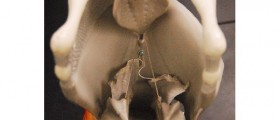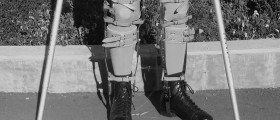
Vocal Cord Paralysis
Causes and Symptoms of Vocal Cord Paralysis
In most cases trauma is the cause of vocal cord paralysis. It can also occur in a stroke, viral infections or due to lung and thyroid cancer. The tumor can compress the recurrent laryngeal nerve leading to paralysis. People who are suffering from certain neurological conditions including Parkinson's disease or multiple sclerosis may develop paralysis of vocal cords. And finally, in some cases the actual cause stays unidentified.
Symptoms of this medical condition include changes in voice quality and vocal straining. Hoarseness is a common signs of unilateral paralysis.Diagnosis can be set by simple examination in which the doctor examines the patient with an instrument called laryngoscope. In some cases the diagnosis is set after endoscopy.
Surgery for Vocal Cord Paralysis
Surgery accompanied by voice therapy is the only effective way of treating this medical condition. In rather rare cases, the voice can return after some period of time, usually during the first year after trauma. Still this is the reason why doctors like to postpone the operation for a year in hope that the voice will come back on its own. During this period a patient undergoes voice therapy.
In case that the voice cannot be restored spontaneously of after voice therapy a patient is operated. The surgical treatment includes increase of volume of the affected vocal cord or changing of its position. The volume of the vocal cord can be successfully increased by injections of specific substances. This way the opposite vocal cord can close properly.
Other option is shifting of the paralyzed vocal cord to the center of the airway. Both of these interventions are good at improving the voice and swallowing.
In extreme cases when both vocal cords are paralyzed the patient may suffocate and in these patients a surgeon performs tracheotomy. This surgical procedure includes making an incision in the front part of the neck and placement of the specific tube into the trachea. Tracheotomy helps patients with breathing.

















Your thoughts on this
Loading...